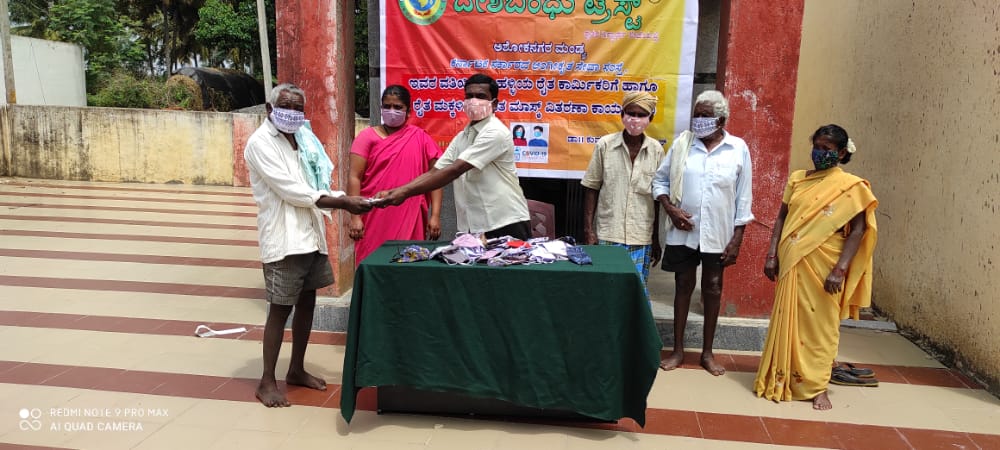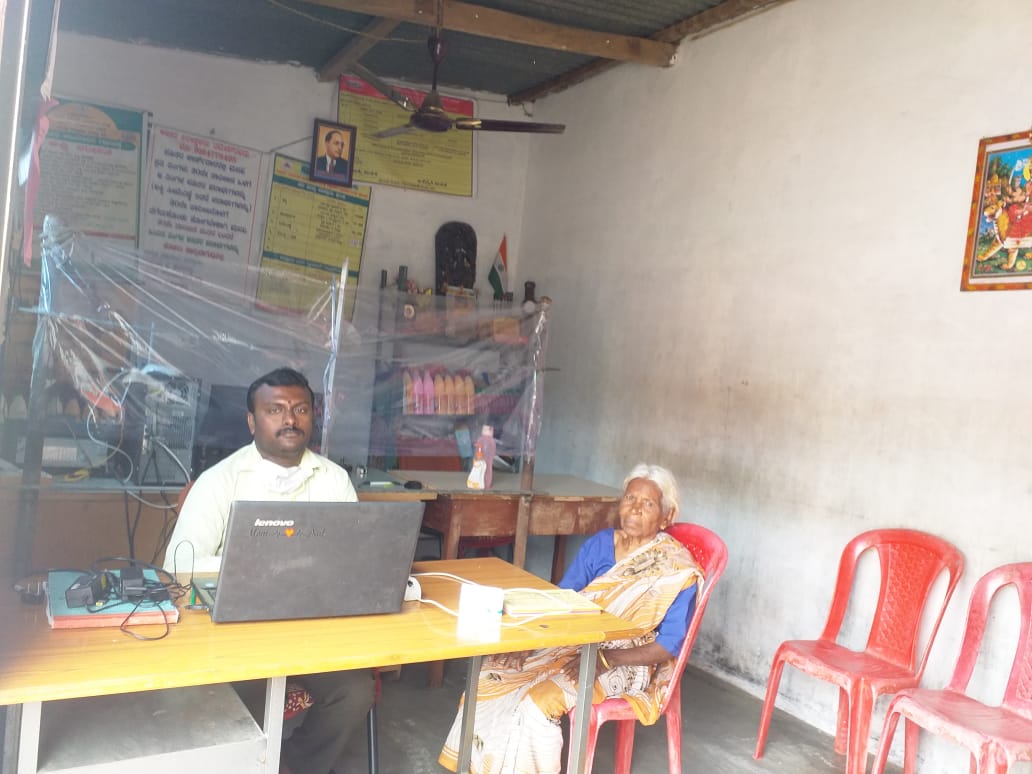Silkworm Farming
: 06-Jan-2020 : Deshbandhu Trust Team

The stages of production are as follows:
- The female silkmoth lays 300 to 500 eggs.
- The silkmoth eggs hatch to form larvae or caterpillars, known as silkworms.
- The larvae feed on mulberry leaves.
- Having grown and moulted several times, the silkworm extrudes a silk fibre and forms a net to hold itself.
- It swings itself from side to side in a figure '8', distributing the saliva that will form silk.
- The silk solidifies when it contacts the air.
- The silkworm spins approximately one mile of filament and completely encloses itself in a cocoon in about two or three days. The amount of usable quality silk in each cocoon is small. As a result, about 2,500 silkworms are required to produce a pound of raw silk.
- The intact cocoons are boiled, killing the silkworm pupa.
- The silk is obtained by brushing the undamaged cocoon to find the outside end of the filament.
- The silk filaments are then wound on a reel. One cocoon contains approximately 1,000 yards of silk filament. The silk at this stage is known as raw silk. One thread comprises up to 48 individual silk filaments.
EVENTS

: 02-May-2020
: Deshbandhu Trust Team

Our team will be provided with Ayushman Health Card, Kisan Credit Card and Crop Insurance Scheme.
: 01-Nov-2020
: Deshbandhu Trust Team

: 06-Jan-2020
: Deshbandhu Trust Team
: Deshbandhu Trust Team
